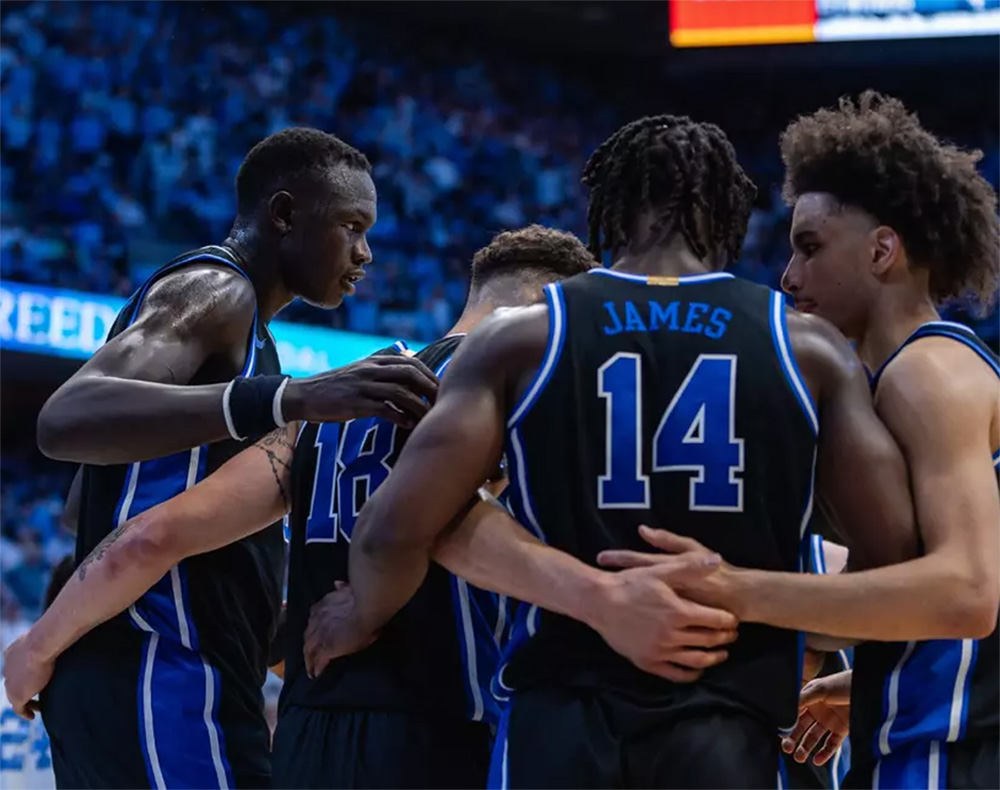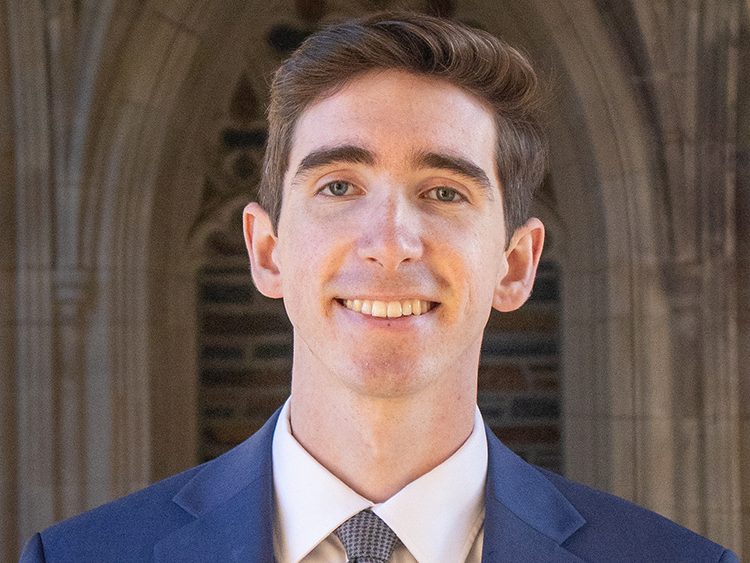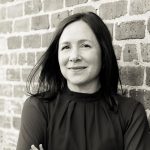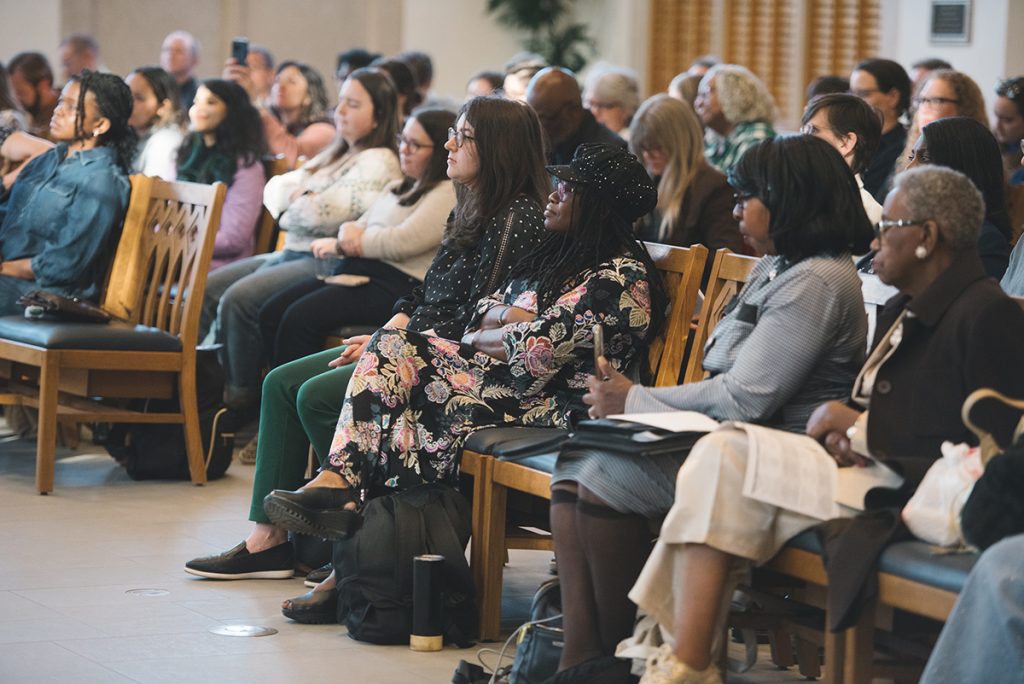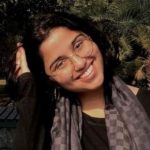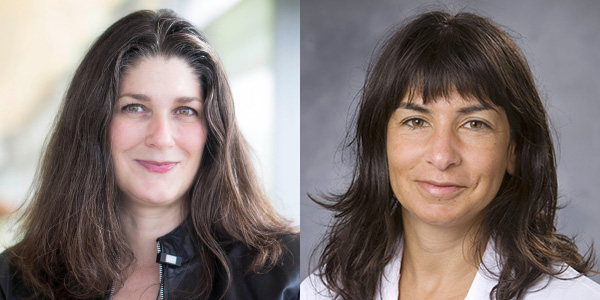I had just spent the weekend at the Duke Marine Lab, listening to my classmates discuss solutions to the shrinking population of a critically endangered porpoise species. So when I attended the March 25 Oceans Week panel immediately after, marine megafauna were already at the forefront of my mind.
Organized by Duke’s Working Group for the Environment in Latin America, the panel brought together several experts, comparing and contrasting their challenges across countries and species.

The open and interconnected nature of the ocean already presents unique conservation issues compared to terrestrial ecosystems, but it’s even more difficult to work on policies for marine megafauna that regularly traverse oceans. Countries establishing coastal estuaries or coral reefs as Marine Protected Areas (MPAs) can be effective for inhabitants like reef sharks that have limited ranges. However, protecting highly migratory animals like whale sharks and blue whales often requires international agreements and collaboration between countries.
To better protect these species, Dr. César Peñaherrera launched the nonprofit MigraMar, which researches them through extensive tagging in the Eastern Pacific and partners with a large network to share and aggregate data. They’ve tagged 642 hammerhead sharks so far, according to their website, and this is just one of the migratory species they work with. Peñaherrera, whose background is in quantitative marine science, spends much of his time when he isn’t in the field making sense of the vast sets of data points. One of MigraMar’s main goals is to provide evidence for greater connectivity between Marine Protected Areas. Think wildlife corridors, but underwater. By mapping out the most predictable migration routes for marine megafauna, they can inform the best routes for these “Swimways.”

Conserving sea turtles is a little different than other species–they face different threats throughout life as they go from land to sea and back to land to lay eggs. Carlos Diez, who researches turtles extensively at the Puerto Rico Department of Natural and Environmental Resources, outlined four “unresolved” main threats within terrestrial ecosystems: coastal development, light pollution, exotic species, and conflicts over habitat use.
Climate change also poses a potential threat, since sex determination in sea turtles is dependent on temperatures. As many parts of their range warm, the sex ratio of turtles in some locations has leaned increasingly female. That’s one area that Diez has conducted research in: determining when, where, and how much the balance of turtle sexes is changing.
While collecting accurate data on wildlife is necessary, the complexity of marine conservation hinges as much on the behavior of people as it does wildlife.
Perhaps that’s why shark researcher, science communicator and Puerto Rican native Melissa Cristina Márquez said one of her focuses is on the “human dimensions of shark conservation.”
Deep connection to the inhabitants of the oceans leads to more active conservation. Indigenous cultures, for example, have fished sustainably for ages. Márquez, who is currently based in Australia, said, “We’ve seen that a lot in Fiji, in Papua, New Guinea, with sharks and their cultural connection to sharks, and how that kind of spurred forward a bit more protection of those animals.”
“The cultural, historic and political contexts in conservation… these factors really shape the value placed on marine biodiversity, the policies that are developed and the resources that are allocated for conservation efforts,” she said.
As a fisheries officer for the Food and Agriculture Organization of the United Nations, Carlos Fuentevilla has a more specific focus when it comes to the human dimension: reconciling sustainable management with the need to feed people.
“We currently now eat around 20.7 kilograms per capita per day of food,” said Fuentevilla, pointing out that the world would have to ramp up production if this rate is to remain the same at 2050. “So it’s not a question of we have to eat less… It’s a question that we have to produce more–how can we do it sustainably?”
Much of it will have to come down to how we manage our fisheries. While most fish aren’t technically megafauna, Fuentevilla pointed out that marine megafauna regularly interact with, and are affected by, our fishing activities.
Fishery scientists will tell you they don’t manage fish, they manage people.
Scientists like Fuentevilla and those in government use ecosystem based management, which considers the species in an area as well as the stakeholders and competing interests that affect them, including fishermen and coastal developers. “You know, fishery scientists will tell you they don’t manage fish, they manage people, and that’s right,” Fuentevilla said.
The overarching theme is that the ocean is an open system, and nothing in marine conservation occurs in a vacuum. Fulfilling this work means having to go beyond national policy to international frameworks and understanding the other key players in sea and on land.
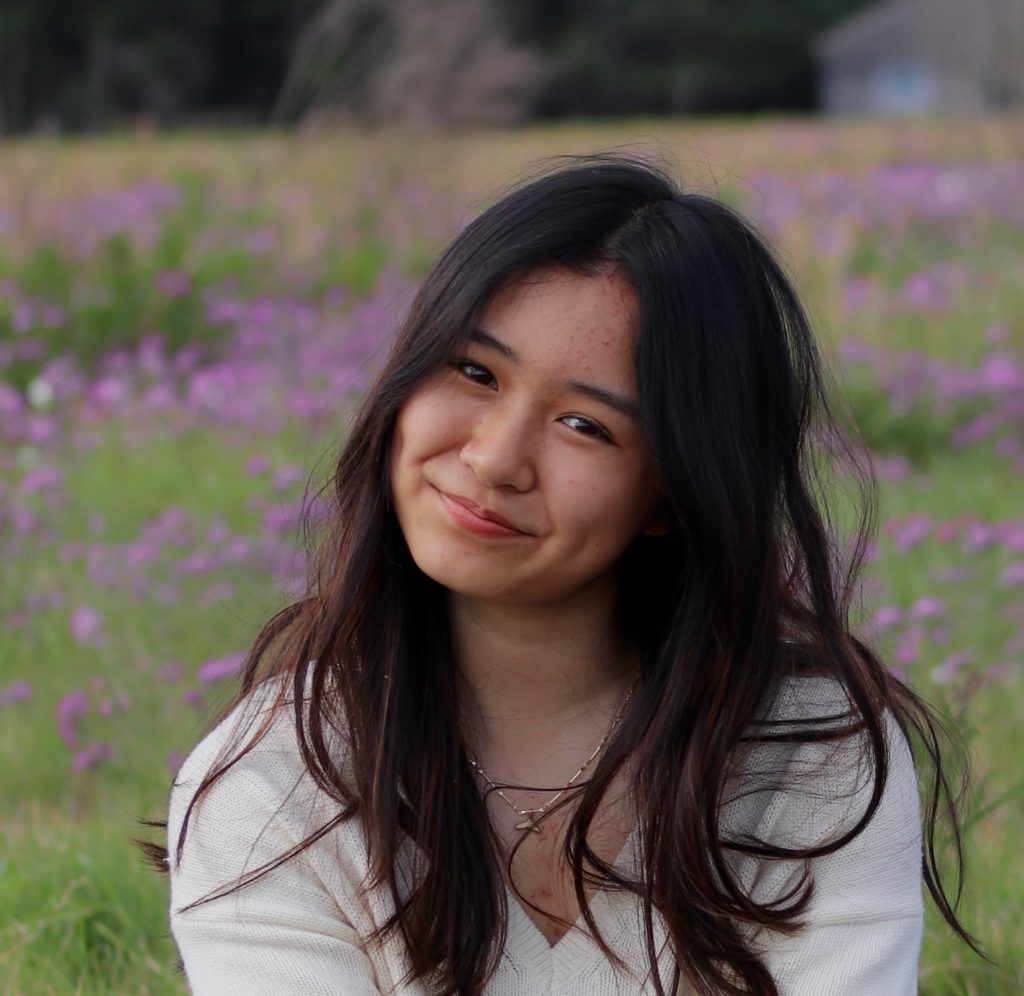
By Crystal Han, Class of 2028

